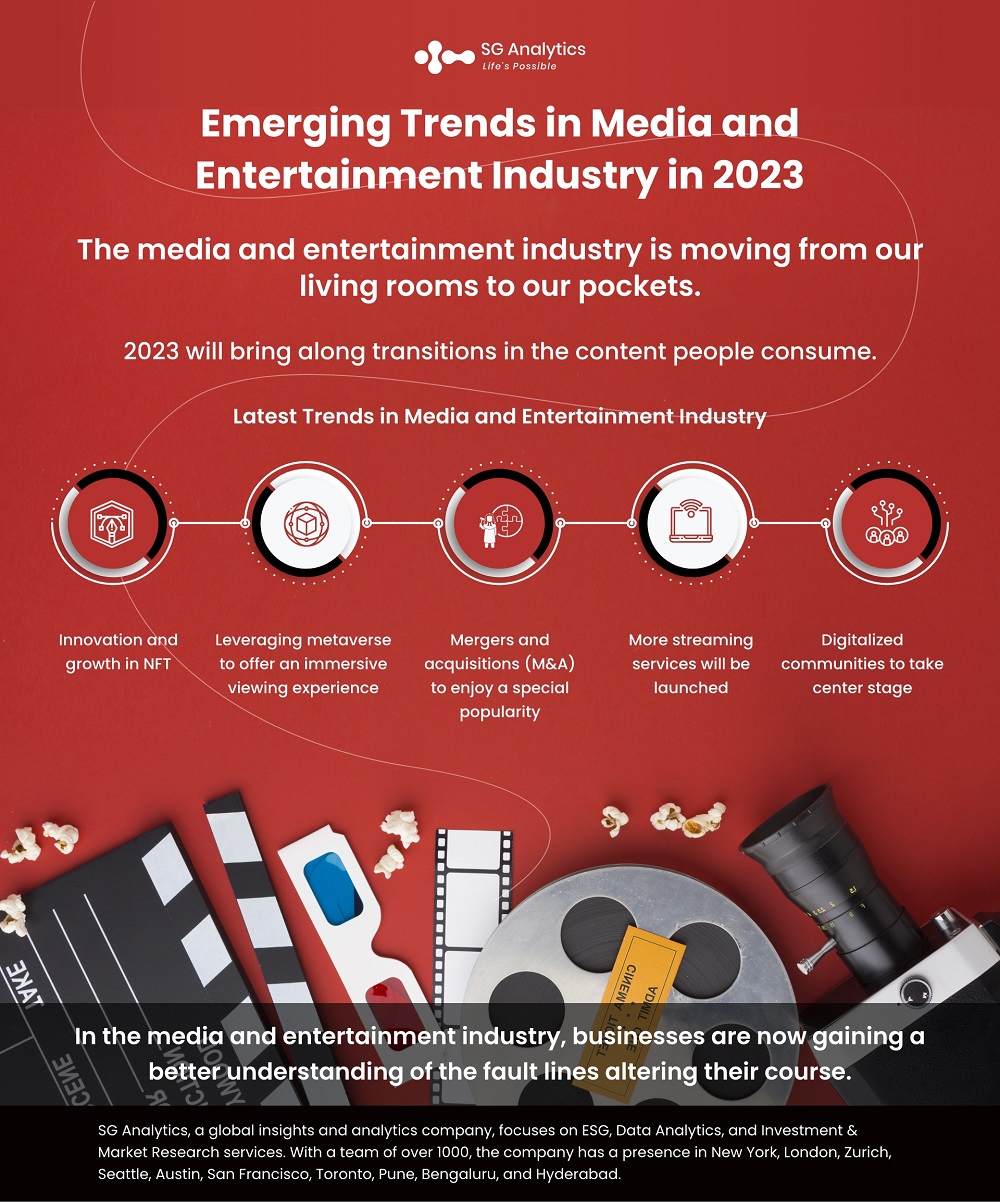News Blast: Your Daily Update
Stay informed with the latest news and trends.
From Blocks to Bytes: The Digital Makeover of Entertainment
Explore how entertainment transformed from physical to digital, revolutionizing your favorite movies, music, and games. Dive into the future now!
The Evolution of Entertainment: How Digital Transformation is Changing Our Experience
The landscape of entertainment has undergone a profound transformation over the last few decades, largely driven by the advent of digital technology. From the rise of streaming services to the emergence of social media platforms, the way we consume content is evolving faster than ever. Traditional television and cinema, once the dominant forms of entertainment, are now facing competition from a multitude of digital options. Consumers are increasingly favoring on-demand access, allowing them to watch what they want, when they want. This shift not only emphasizes convenience but also highlights a significant change in audience expectations.
As we continue to embrace this digital transformation, new forms of entertainment are also emerging. Virtual Reality (VR) and Augmented Reality (AR) have begun to redefine immersive experiences, captivating audiences in ways that were previously unimaginable. Additionally, with the rise of user-generated content, platforms like YouTube and TikTok have democratized entertainment, allowing anyone with a smartphone to become a creator. This evolution not only expands the variety of content available but also fosters greater engagement and interaction between creators and audiences. Ultimately, the digital age is reshaping our entertainment experience, making it more personalized and accessible than ever before.

From VHS to Streaming: The Journey of Media Consumption
The evolution of media consumption has undergone a remarkable transformation from the days of VHS tapes to the era of streaming services. In the early days, consumers relied heavily on physical media, primarily VHS, to enjoy their favorite films and television shows. The introduction of VHS in the late 1970s allowed people to rent and record content, revolutionizing how audiences accessed entertainment. However, as technology advanced, the limitations of VHS became apparent, leading to the rise of DVDs in the late 1990s, which offered superior quality and convenience.
As we moved into the 21st century, the emergence of the internet catalyzed the transition to digital media. Streaming platforms such as Netflix and Hulu began changing the landscape by offering viewers instant access to vast libraries of content without the need for physical copies. This shift not only changed the way people consumed media but also transformed production and distribution models within the industry. Today, consumers enjoy unprecedented levels of convenience and choice, as streaming services continue to evolve, offering personalized experiences that reflect the dynamic preferences of modern audiences.
What Does the Future Hold for Entertainment in a Digital World?
As we look to the future of entertainment in a digital world, it's clear that technological advancements will continue to reshape how we consume content. With the rise of virtual reality (VR) and augmented reality (AR), audiences are expected to immerse themselves in interactive experiences that blur the line between reality and fiction. Streaming services are also evolving, offering personalized content through sophisticated algorithms that cater to individual preferences, thereby enhancing user engagement. This shift towards digital entertainment allows creators to explore innovative storytelling techniques that were previously unimaginable.
Moreover, the integration of artificial intelligence (AI) into the entertainment industry is set to revolutionize content creation and distribution. AI can assist in generating scripts, editing videos, and even producing music, leading to faster and more diverse content outputs. As social media platforms continue to play a crucial role in shaping entertainment trends, we can expect to see content that is not only tailored to consumer interests but also created collaboratively with audiences. Thus, the future of entertainment in a digital world promises to be an exciting realm where creativity and technology converge, continually adapting to the ever-changing demands of viewers.